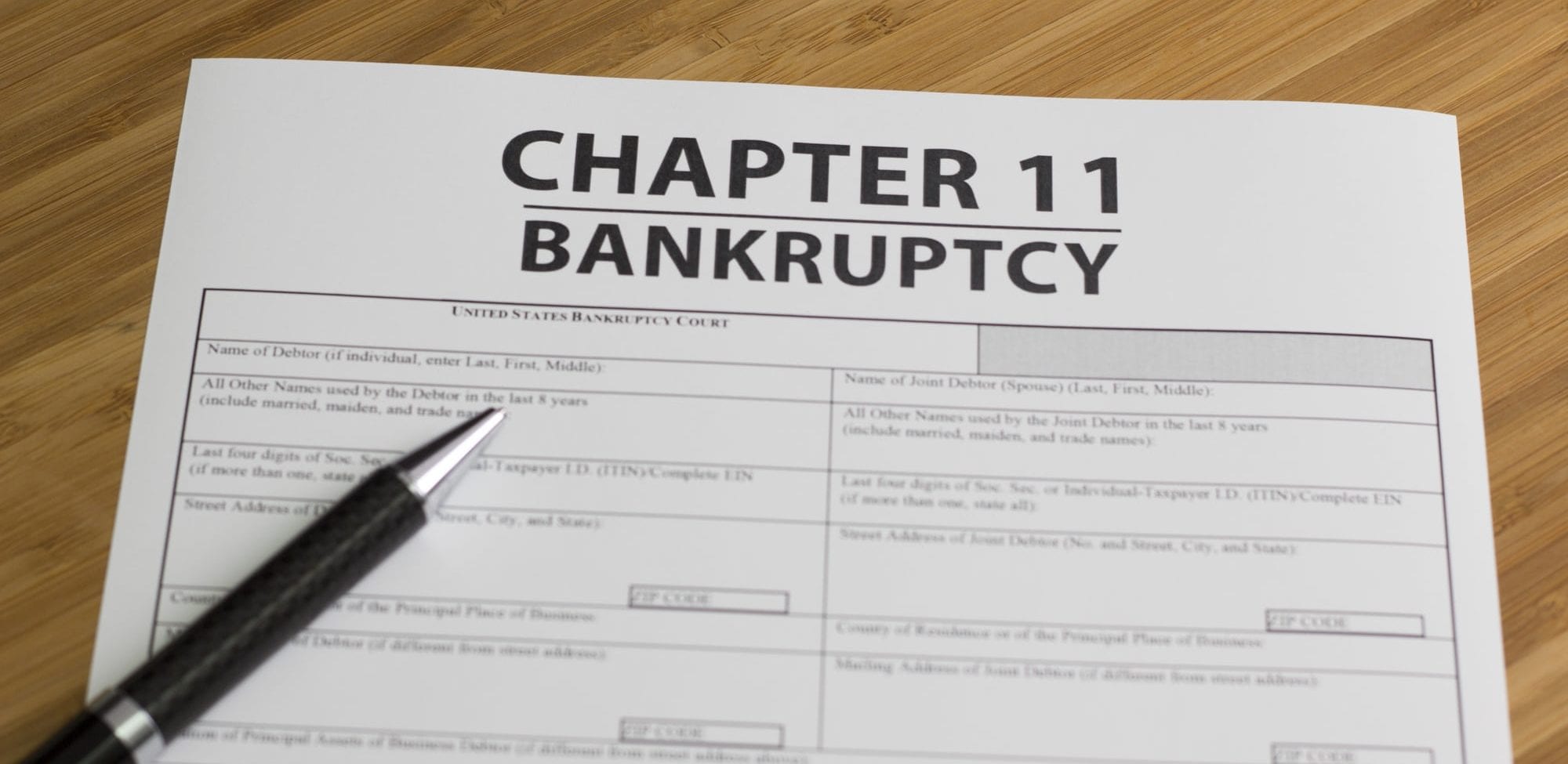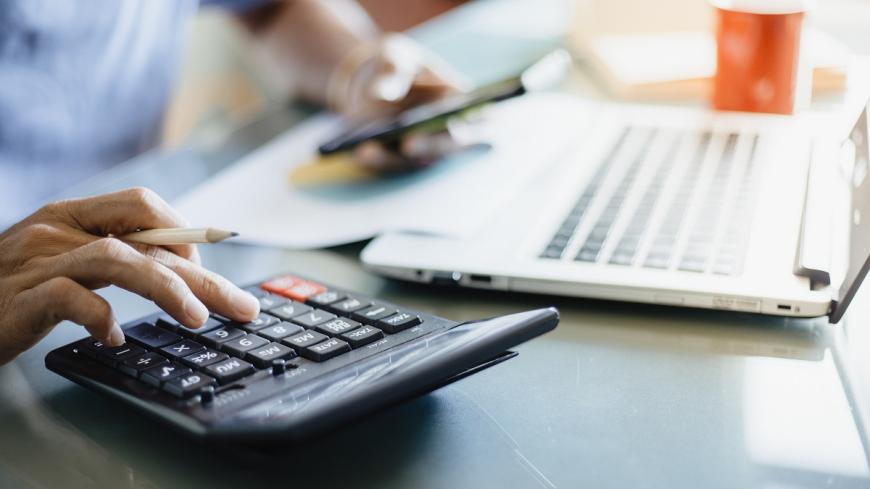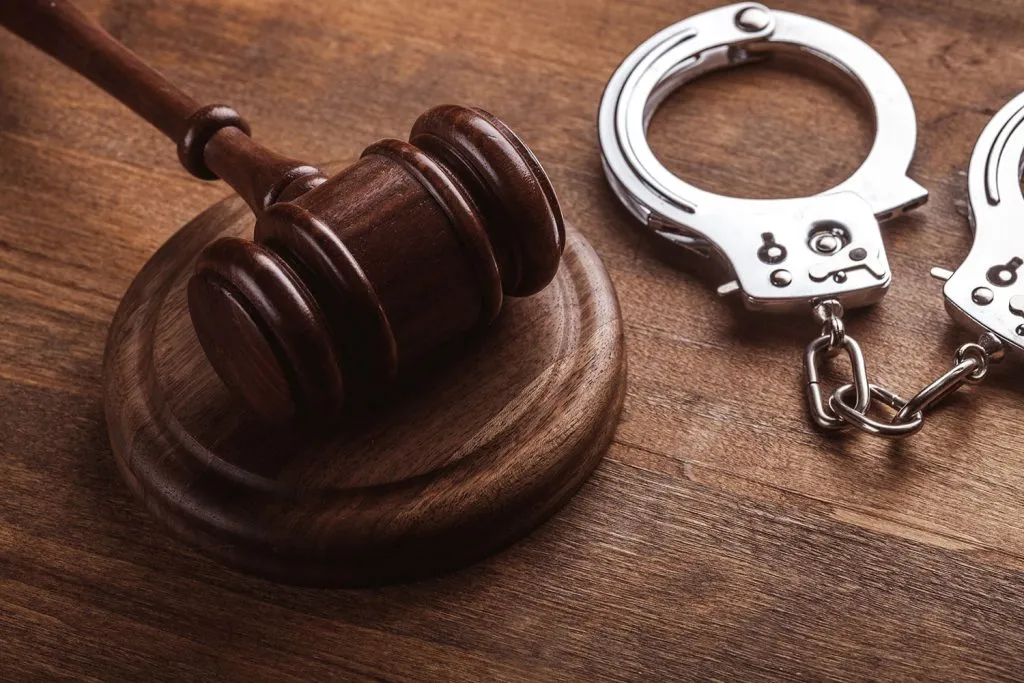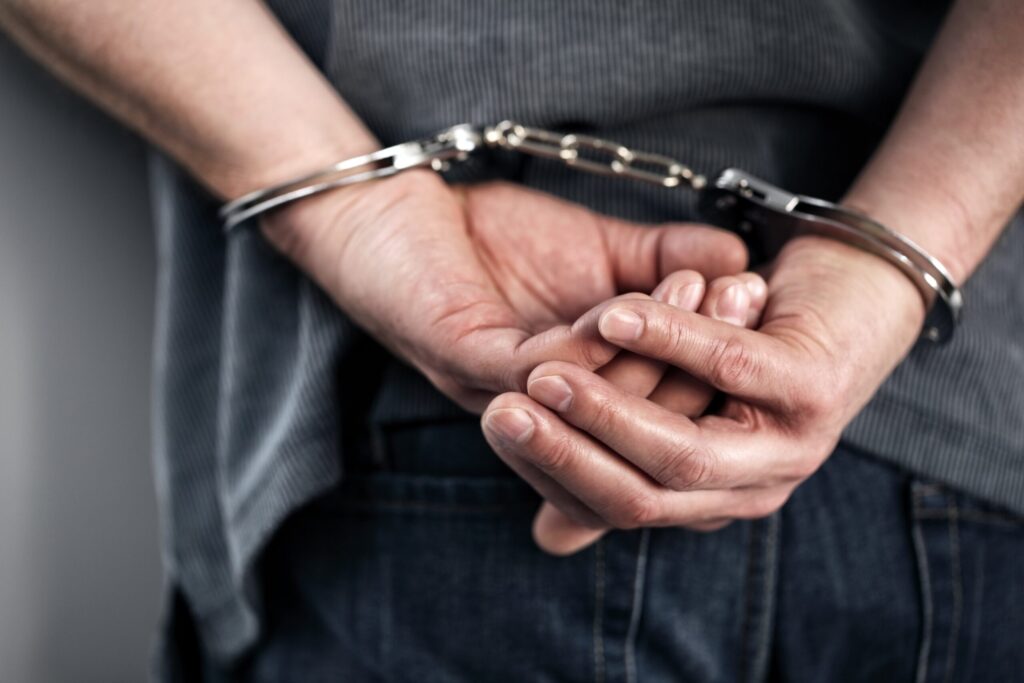Bankruptcy helps people get a fresh financial start by eliminating or repaying some debts under protection of the bankruptcy court. Depending on the type of bankruptcy you file, some debts may be wiped out while others need to be repaid. Understanding how debts are treated after bankruptcy can help you make the most of the process.
The Major Types of Consumer Bankruptcy
The two primary kinds of consumer bankruptcy are Chapter 7 and Chapter 13. Chapter 7 bankruptcy eliminates most unsecured debts like credit cards, personal loans and medical bills. You may get to keep exempt assets like your home, car, household items and retirement accounts. Assets above the exemption limits can be liquidated to pay creditors.
Chapter 13 bankruptcy allows you to keep assets like your home and car while repaying some debts over 3-5 years through a court-approved repayment plan. Priority debts like taxes and child support must be paid in full. Other unsecured debts may be partially repaid. At the end of the repayment plan, remaining eligible debts are discharged.
How Different Debts Are Handled
Secured Debts
Secured debts like mortgages and car loans are treated differently, depending on whether you file Chapter 7 or 13 bankruptcy. With Chapter 7, you can choose to keep making payments and keep the asset, or surrender it to the creditor if you no longer want it. In Chapter 13 bankruptcy, you can keep assets by continuing to make monthly payments under the terms of your repayment plan.
Taxes and Child Support
Certain priority debts like recent taxes and ongoing child support cannot be discharged and must continue being paid. For older tax debt, only the penalties and interest may be discharged in Chapter 7. The principal amount will still need to be repaid. In Chapter 13, you can spread out repayment of old tax debt over your repayment plan.
Student Loans
Federal student loans are difficult, but not impossible, to discharge in bankruptcy. You must file an adversary proceeding to prove undue hardship. Private student loans are treated like other unsecured debts in consumer bankruptcy.
Medical Debt
Most medical debt, including amounts due to doctors, hospitals and clinics, can be discharged in Chapter 7 bankruptcy. The same is true for medical bills included in a Chapter 13 repayment plan. However, ongoing expenses for medical care still need to be budgeted for after bankruptcy.
Credit Cards and Personal Loans
Unsecured debts like credit cards, store charge cards, personal loans and utility bills are generally fully discharged in Chapter 7 bankruptcy. In Chapter 13, you may end up repaying part of the debt, such as 20-50%, depending on how much disposable income you have.
Auto Loans
You can choose to keep your car and continue making payments under the original loan terms. Otherwise, the lender can repossess the vehicle and sell it to pay off the loan balance. Any remaining deficiency after the sale would be an unsecured debt that can be discharged.
Mortgages and Home Loans
You can keep your home after bankruptcy by continuing to make your mortgage payments as normal. Mortgage debt cannot be discharged, aside from rare cases of hardship. Foreclosure may still happen if you fail to make payments, but the lender must first get permission from the bankruptcy court.
How to Prioritize Debt Payments Post-Bankruptcy
After bankruptcy, focus on rebuilding credit and achieving financial stability by making on-time payments for secured debts, living expenses, and priority debts first. Create a realistic budget that leaves room for necessities like:
– Housing – Rent/mortgage, utilities, maintenance.
– Transportation – Car payment, insurance, gas, repairs.
– Food and household supplies.
– Insurance – Health, life, disability.
– Child support and alimony (if applicable).
– Federal and state taxes.
Avoid taking on new consumer debt right away. Use debit, cash or secured credit cards with small limits until you demonstrate the ability to manage credit responsibly. Bankruptcy counselors recommend waiting at least 12-24 months before applying for unsecured credit post-bankruptcy.
Conclusion
The bankruptcy process provides a fresh start for people struggling with debt by discharging many common unsecured debts. Some priority and secured debts will still need to be repaid or maintained. Having a plan for managing bills and rebuilding credit slowly after bankruptcy helps ensure your long-term financial well-being.







